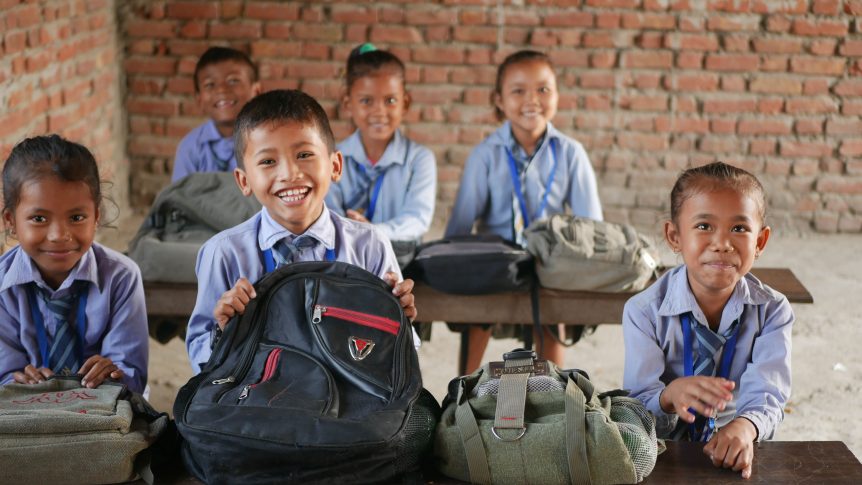As spring break is happening for students around the USA, kids in India and Nepal are finishing their school year and anticipating the start of a new one. The rhythms and routines may differ from country to country, but schooling for children worldwide shares some similarities.
CALENDAR YEAR
In both India and Nepal, the school year does not end with a long break before they start again as we do here in the USA. Instead, they have many holidays throughout the year. In India, they have 85 holidays throughout the school year, not including weekends. Just like summer break in the USA, these frequent or lengthy breaks can create challenges for students and teachers alike. When students start back after summer in the USA, momentum can be lost and habits must be reestablished upon return much like teachers in India and Nepal experience. Teachers everywhere understand the complexities and unique challenge breaks provide while also enjoying the time with their own families.
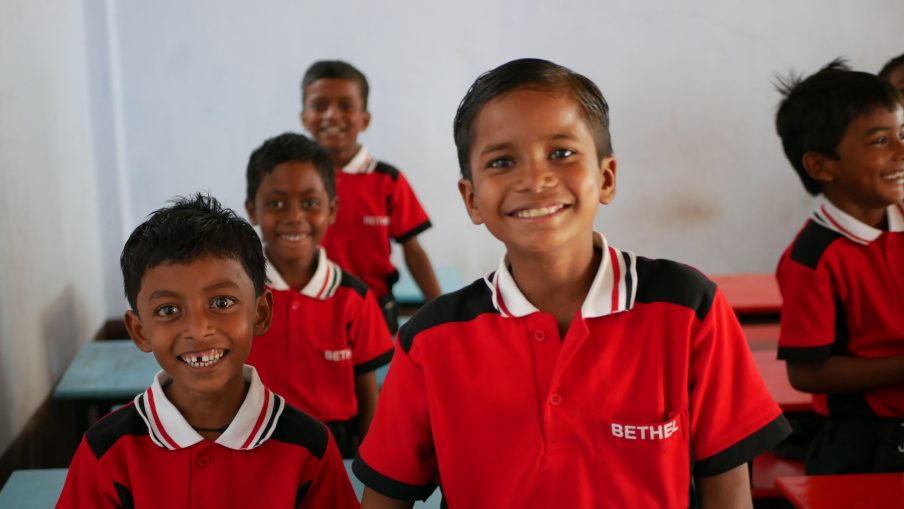
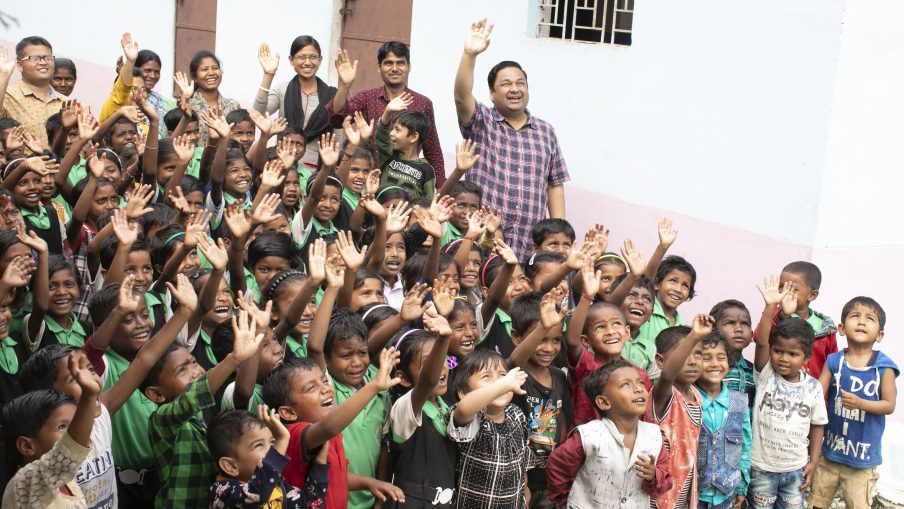
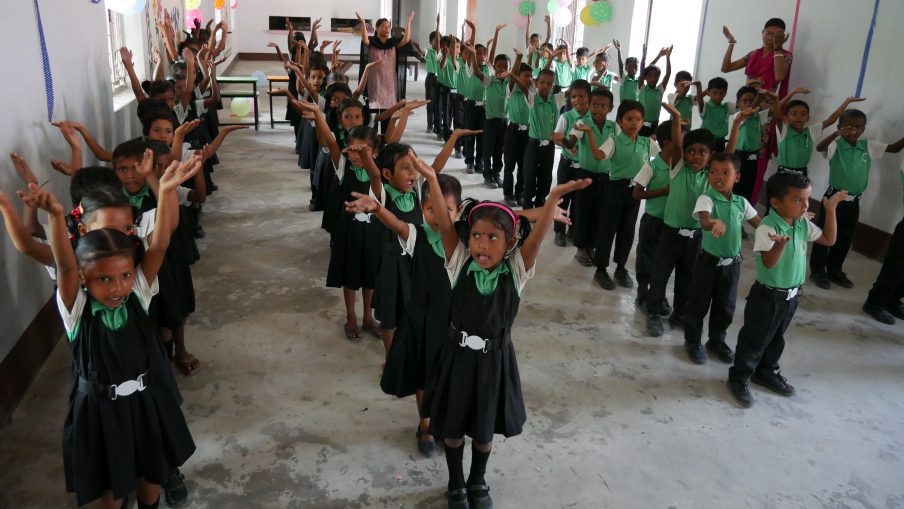
CURRICULUM
Globally we are nearing the end of the first school year post-COVID and are seeing the true ramifications of the pandemic on the achievement of our students. In the USA we are seeing great strides toward normalcy in regard to achievement and the same can be said for both India and Nepal. Teachers have been working with incredible determination to see students recover from the gaps in their education caused by the missed school during the pandemic. In Bihar, India, teachers at the Marocha school meet with parents once a week to assure students are progressing well. They also hold a monthly meeting where all parents come together and are taught and motivated to help their children.
CLASSROOM
Classrooms in India and Nepal, like those in the USA, typically have 15-30 students and one teacher. Culturally it is different from the USA and there tend to be few behavioral problems. This allows teachers to work on catching students up academically instead of managing behaviors. Along with the work required to educate students, teachers are also responsible for helping students take and excel at exams throughout the year. This is challenging globally. Teachers must be knowledgeable on the subject matter appropriate for the age and development of the students while also preparing them for the specific manner in which tests ask for information. Schools in India and Nepal seek to assure the health of the whole child and provide at least one healthy meal per day. In India, our students attend school Monday through Saturday and only have Sundays off each week. This schedule is especially helpful for families with food insecurities as it provides children with food 6 days a week. Nepal shares a similar schedule with the USA with students only attending on Monday through Friday.
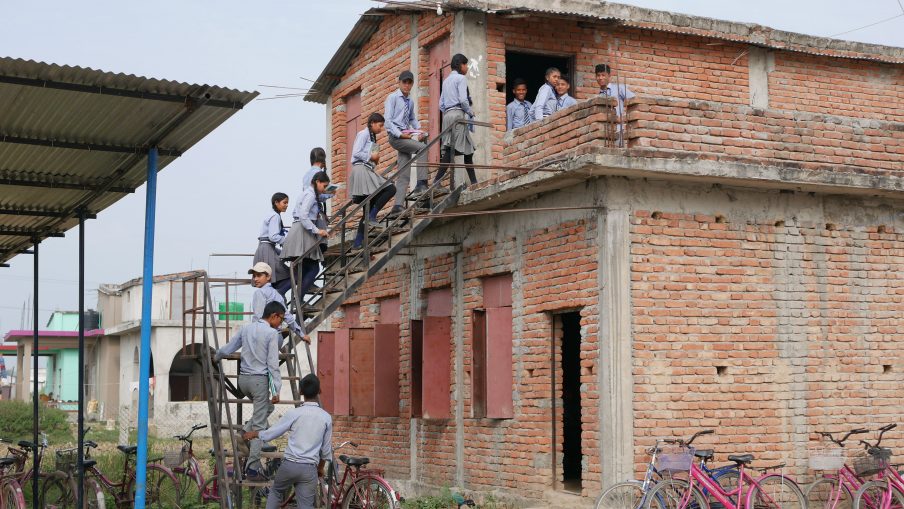
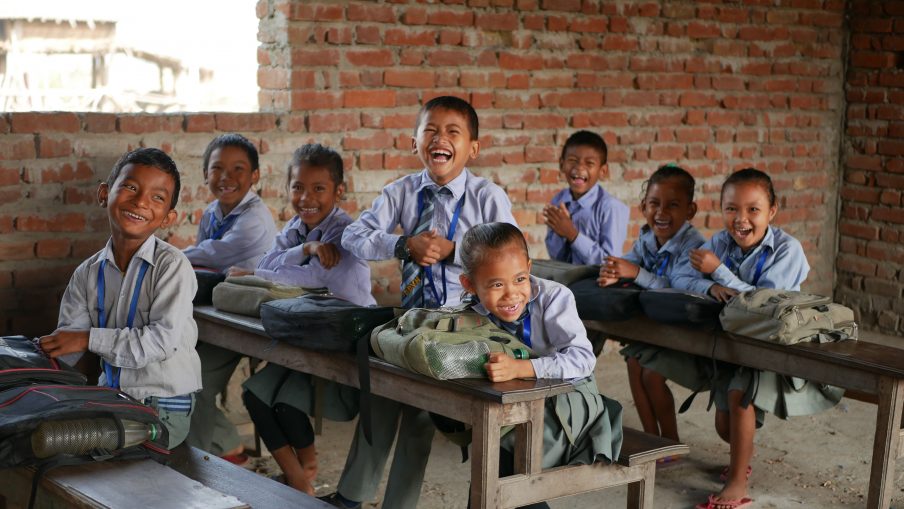
Although each and every school’s respective location can present its own challenges, there are similarities that we see globally in regard to the education process. So as you’re taking your children or grandchildren to school this next week, think of those children half a world away and pray for the success of their school day. It takes devoted parents, teachers, grandparents, and sometimes sponsors from afar for our children to succeed. If you’d like to help send a child in India or Nepal to school, consider sponsoring one here today.

